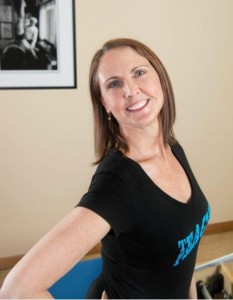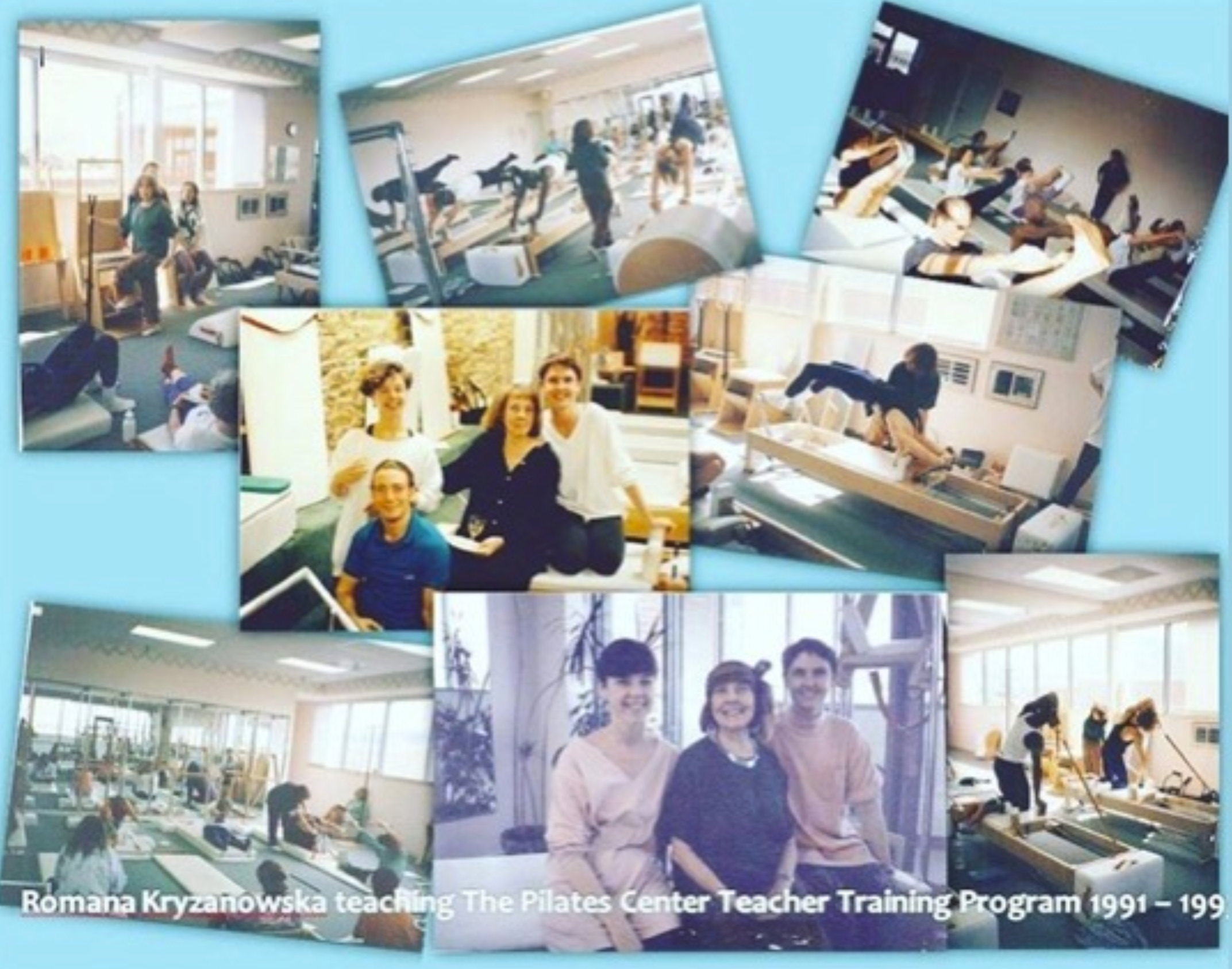Issue #439 – Wednesday, September 25, 2024
Key Influences That Affected Pilates
by Amy Alpers
I’m asked constantly – all around the world – how and why has Pilates changed? There are many solid reasons. Let’s take a look at a few key ones.
It wasn’t until after the word “Pilates” was deemed generic (Oct. 2000), that Pilates, as an official industry, truly launched. Except for a few small locations scattered around the world, the idea of Pilates as we know it today, simply didn’t exist. It was made up of a select, somewhat secret, exclusive community of diehard teachers and practitioners. “If you knew, you knew”. IYKYN. As the renowned, ubiquitous, world-spanning industry we see it as today, it’s in fact a phenomenon of the 21st Century alone.
Joseph Pilates died in 1967, and Clara, his wife/partner died in 1977. By all accounts Joseph Pilates died disappointed and frustrated that his work hadn’t caught on as he’d hoped. There were a small handful of his students teaching his work elsewhere, while Romana Kryzanowska assumed the directorship of his studio in NYC. The people who practiced his work, or even knew of or about Pilates, were still few and far between.
I began my Pilates journey at the NYC studio in 1987. It was small, local, run down and not very stable as a business. In fact, it nearly closed and disappeared one day in 1989. Romana then re-opened at Drago’s Gym in NYC, and it began to build some fresh energy. But Pilates still struggled through the 1990’s, hindered even further by the lawsuit about the trademark.
Then, in 2001, after the trademark was lost, the industry began its big bang moment. It started to explode and expand, and to formulate itself into a true profession. However, the word “Pilates” was now generic, and so it could be, and was, used by anyone to refer to just about anything. So that’s also when the method really began to change and evolve into “anything goes” Pilates.
One of the major influences that affected Pilates early on, even during Joe’s life, was dance. Dancers flocked to his studio in comparatively large numbers, more so than many other types of clients. I can only imagine that Mr. Pilates was a bit flummoxed by this. He was a short, strong, stocky, muscular man. A boxer, not a dancer. His method, created from his own mind/body, naturally presumes that there is substantial muscle mass and strength – especially upper body – on the body to harness. I have little doubt that he expected his work to catch on more with strong men, even prize fighters, more than with tiny, flexible – mostly female – dancers.

Amy Taylor Alpers co-founded The Pilates Center (TPC) and The Pilates Center Teacher Training Program (TPCTTP) over 20 years ago in Boulder, Colorado. When not traveling the world to teach both foundational and graduate level Pilates teacher education she remains part of the core faculty for TPCTTP, mentors advanced teachers, teaches classes and sees clients. In addition to teaching TPC sponsored workshops, Amy has presented numerous times at the Pilates Method Alliance Annual Meeting, Balanced Body’s Pilates on Tour and Passing the Torch. In 2013, Amy presented at the Shared Traditions Conference for Fletcher Pilates and will present at The Pilates Roundtable.
Amy was born in Youngstown, Ohio where she began classical ballet at age two.
She attended The Juilliard School for Dance, danced with the Garden State Ballet in New Jersey, and received a B.A. in Dance and a M.A. in Dance History from New York University. In addition, Amy taught ballet at various dance schools in New York City for ten years before launching her Pilates career.
Both Amy and her sister Rachel studied Pilates under the direct tutelage of Romana Kryzanowska at the original Pilates Studio in New York City. They received their Pilates teaching certificate from there in July of 1989. In 1990, after moving to Boulder, Colorado, Amy and Rachel founded The Pilates Center. The sisters then created and established The Pilates Center Teacher Training Program in 1991. The school has since expanded to include an Intermediate Program, Advanced Program, Bridge Program, Master’s Program, and a Mentorship Program. In addition, TPC now has “Licensed” and “Host” studios established all around the world.
Amy and her sister wrote The Everything Pilates Book, published in 2002. She was a founding board member of the PMA and sat on the board that created the PMA Certification Exam. Recently she has also had the honor of filming classes and workshops for online organizations such as Pilates Anytime and Pilates On Demand.
In 2011, Amy, her sister Rachel, and Ken Endelman of Balanced Body, developed CenterLine – a line of equipment designed for classical Pilates and based upon the specifications pioneered by Joseph Pilates.

